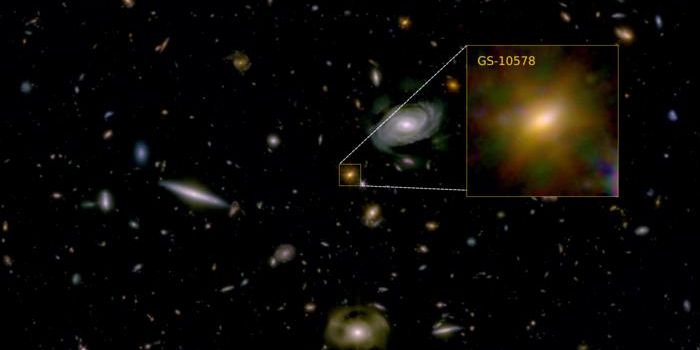Europe's PLATO Telescope: Hunting Earth-like Planets Beyond Our Solar System
How many Earth-like planets exist throughout the universe? This is what recent talk given at the National Astronomy Meeting 2024 hopes to address as Dr. David Brown, who is a scientist on the European Space Agency’s (ESA) PLATO (PLAnetary Transits and Oscillations of stars) mission, provided an update on the mission and the goals it hopes to achieve. This comes as PLATO is currently scheduled to launch in December 2026 with the goal of finding Earth-like planets throughout the universe, which could greatly expand our knowledge of exoplanets, as well.
"PLATO's goal is to search for exoplanets around stars similar to the Sun and at orbital periods long enough for them to be in the habitable zone," said Dr. Brown. "One of the main mission objectives is to find another Earth-Sun equivalent pair, but it is also designed to carefully and precisely characterize the exoplanets that it finds (i.e. work out their masses, radii, and bulk density)."
Artist's impression of the PLATO spacecraft. (Credit: ESA/ATG medialab)
As noted in its name, PLATO plans to measure star oscillations and vibrations using a method called asteroseismology, which will help determine a star’s age, mass, and radius. Additionally, PLATO has multiple cameras to accomplish its goals, whereas space telescopes traditionally only have a single camera to perform its tasks. Dr. Brown explains these extra cameras provide redundancy, better science, and a wider field of view.
Regarding its launch readiness, ten of the final cameras have already been mounted on the spacecraft and several spacecraft components are about to finish calibration testing.
This comes as NASA has confirmed the existence of 5,690 exoplanets in our galaxy, with only a fraction of them potentially being Earth-like planets. Therefore, PLATO could expand the field regarding how many Earth-like planets exist throughout the galaxy.
How many Earth-like planets will PLATO identify in the coming years and decades? Only time will tell, and this is why we science!
As always, keep doing science & keep looking up!
Sources: National Astronomy Meeting 2024, European Space Agency, EurekAlert!, NASA









